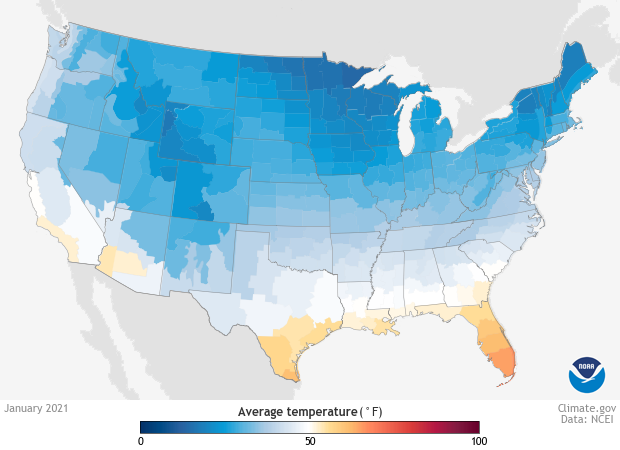Preventing and Thawing Frozen Pipes
By: Chris Hall
Plumbing in our homes is a luxury and necessity on many levels. Many homeowners find themselves dealing with frozen water pipes, particularly in the northern most parts of our country. Although, the U.S. in general is currently dealing with record low temperatures as far south as Florida and Texas. These areas are not as well equipped to deal with low temperatures compared to Maine or North Dakota for example.
Regardless of geographic location, many homeowners ask themselves:
- What can I do to prevent frozen pipes?
- If frozen, how do I thaw them safely?
Preventing water from freezing in your water pipes is the best and most logical thing to do. Winter seasons can bring power outages which many homes rely on ambient heat from the home to keep pipes warm enough to prevent freezing.
Most common areas where pipes freeze are:
- Crawlspaces
- Attics
- Exterior Walls
Insulating the water pipes in these areas can greatly reduce the risk of frozen water pipes. It is essential that insulation is properly installed, even small openings in the material can be enough to allow pipes to freeze. Commercial heating devices and recirculating pumps can be installed, but these come at a cost.
Opening faucets and allowing them to slowly drip can be a temporary solution to prevent water pipes from freezing. While this isn’t the most environmentally friendly or cost effective (should you live in a municipality that charges for usage), it can allow enough movement of water in your pipes to prevent freezing.
Should you find yourself experiencing frozen pipes, never use an open flame to thaw pipes. Many homes catch fire each year when homeowners use torches and other open flame devices to thaw water pipes.
- Space heaters can be utilized to both prevent freezing and help thaw water pipes, when used safely.
- Hair dryers and heat guns are also effective methods to thaw pipes.
- Use caution as thawing the middle section without warming the ends can cause steam to build and burst water pipes. Also, be careful with plastic pipes, as you can melt or burn them.
- While thawing, be sure to have faucets open to allow water to start flowing.
Be sure to constantly check for leaks during cold weather as damage can quickly accumulate. Preparing your home for cold weather is the best way to prevent damage when the temperatures drop. Preventing frozen pipes is far better than dealing with thawing and potential damage.




